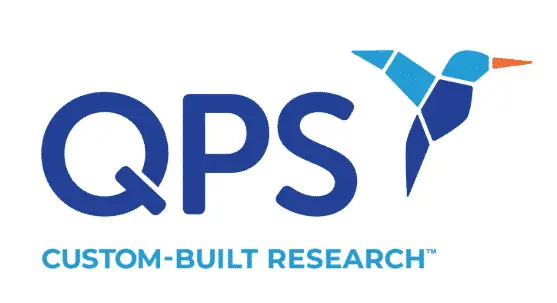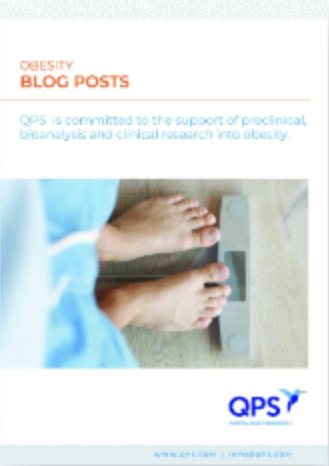In the first two blogs of this three-part series on how SARS-CoV-2 spreads, QPS has covered how the SARS-CoV-2 spike protein can attach to and invade host cells more easily than other coronaviruses, and how the viral RNA can easily enter a host cell and replicate itself. In this third and final part of the series, we review what is known about the more infectious variants of SARS-CoV-2 so far, and what researchers believe is behind those higher infection rates.
While the virus that causes COVID-19 appears to mutate slowly, genetic changes are happening — and the emerging variants have made the biology of the virus a moving target. Researchers are looking at whether neutralizing antibodies (produced by infection or vaccination) can still halt the variants’ infectious capabilities, and whether these new variants spread differently than previous variants. A feature article in the August 20, 2021 issue of Science compared the evolution of the Alpha, Beta, Gamma and Delta variants, while an article in Chemical and Engineering News reviewed what we know about the biology of the newest variant, Lambda.
Since January 2020, more than two million viral genomes have been sequenced, resulting in a highly detailed genetic picture of the virus as it has changed. All variants of the virus have a mutation called D614G, which allowed even the earliest strains of SARS-CoV-2 to be more infectious than previous SARS-Co-V and influenza viruses.

Key Variant Biology
Antigenic maps, which plot out the genetic distances among variants and strains, could indicate whether a variant is likely to be susceptible to a triggered immune system. Researchers at Cambridge University and Duke University created such a map that showed that the Beta variant has genetically moved the farthest from the original Wuhan strain, while Alpha remains the closest. Delta has drifted somewhat further than Alpha but appears close enough to Wuhan that it doesn’t completely avoid immunity.
- The first variant, Alpha, was about 50 percent more transmissible than the original virus. It binds more strongly to the ACE2 receptor because of a spike mutation called N501Y and is believed to be more effective at evading interferons, part of our immune defense. Researchers believe that N501Y mutations lower the amount of virus needed to cause an infection.
- An August 9, 2021 article in Nature shows the threat of Beta is still a matter for debate. The article reports that those infected with Beta were 25% more likely to develop severe disease, 50% more likely to require critical care, and 57% more likely to die than those infected with Alpha. While the studies behind these claims were small (and in some ways contradicts other research) researchers caution that Beta appears to be more resistant than other variants are to immunity from by vaccines and previous infections. Despite the fact that the incidence of Beta has been fading, researchers warn that does not mean it won’t wreak havoc in the future.
- Delta is approximately 50 percent more infectious than Alpha. This mutation focuses on the furin cleavage site on the spike — where an enzyme cuts the protein, enabling the virus to invade human cells. The mutation called P681R enhances the cleavage, allowing the virus to enter more cells faster and increasing the amount of virus particles in an infected person.
- For the Lambda variant, which arose in South America and has now been identified worldwide, several mutations in its spike protein reduce the neutralizing antibody effect compared with the virus’ original form. According to an August 19, 2021 article in Chemical and Engineering News, three mutations in the spike make the variant more infectious, but currently available vaccines are still providing a broad response to many parts of the spike protein, so vaccinated individuals still are protected from severe disease and death.
What Does the Future Hold?
How will SARS-CoV-2 evolve next? In short, nobody knows. Immunity is rapidly building worldwide, thanks to previous infections and vaccinations. But with that immunity in place, a variant that manages to escape immune responses has a major evolutionary advantage. Research has found that it would take 20 changes to the spike protein alone to completely evade antibody responses. SARS-CoV-2 evolves slowly, which suggests that complete escape from antibodies and other immune responses would be very difficult — or would at least take a long time.
Did you enjoy this blog post? Check out our other COVID-related blog posts or features on our Webinar page.
QPS is a CLIA-certified GLP- and GCP-compliant contract research organization (CRO) delivering the highest grade of discovery, preclinical and clinical drug research development services. Since 1995, it has grown from a tiny bioanalysis shop to a full-service CRO with 1,100+ employees in the U.S., Europe and Asia. Today, QPS offers expanded pharmaceutical contract R&D services with special expertise in neuropharmacology, DMPK, toxicology, bioanalysis, translational medicine and clinical development. An award-winning leader focused on bioanalytics and clinical trials, QPS is known for proven quality standards, technical expertise, a flexible approach to research, client satisfaction and turnkey laboratories and facilities. Through continual enhancements in capacities and resources, QPS stands tall in its commitment to delivering superior quality, skilled performance and trusted service to its valued customers. For more information, visit www.qps.com or email info@qps.com.







